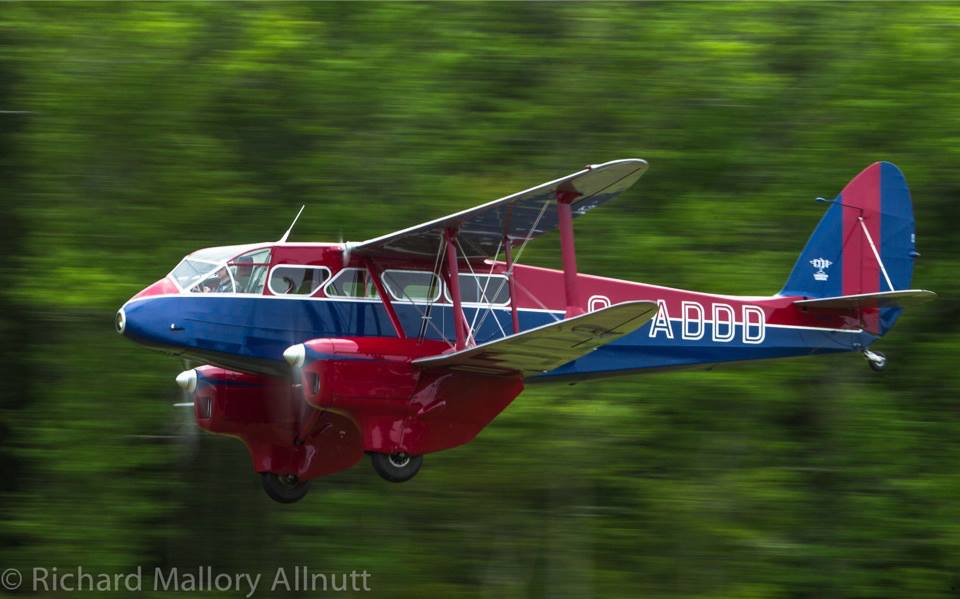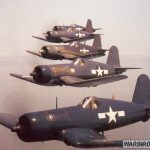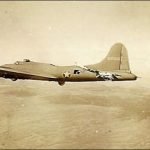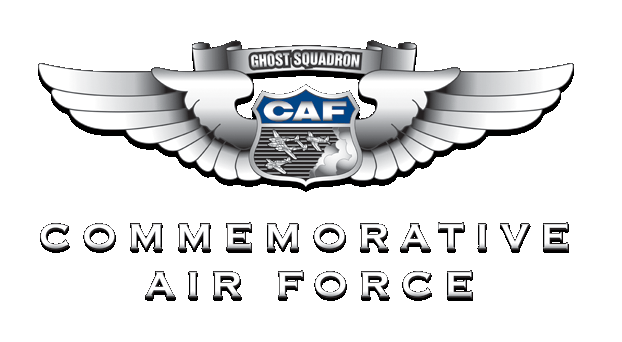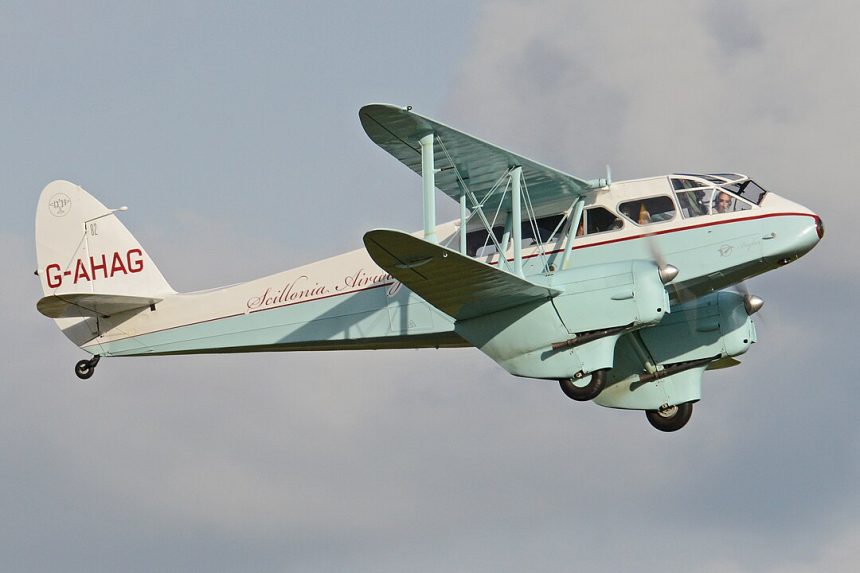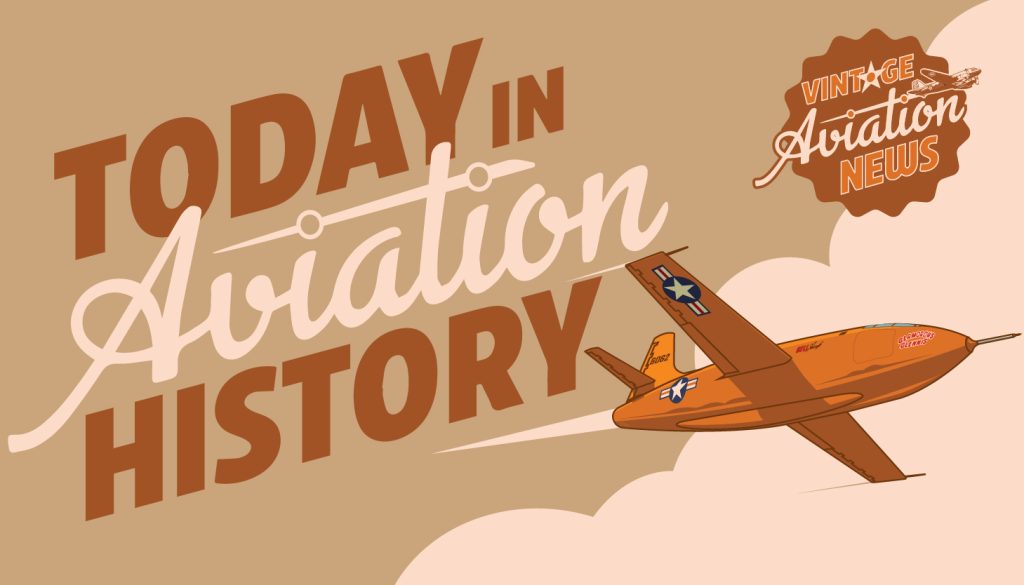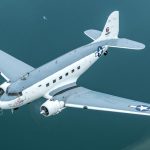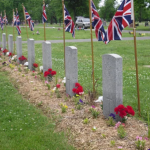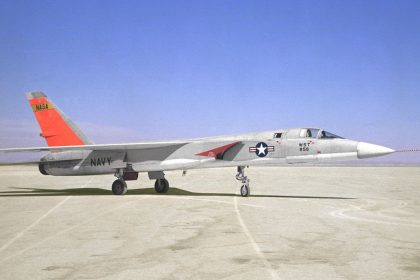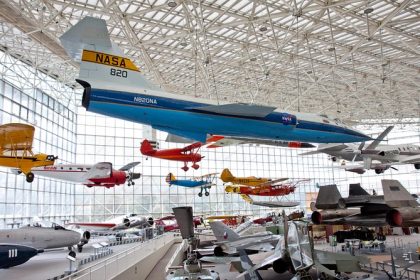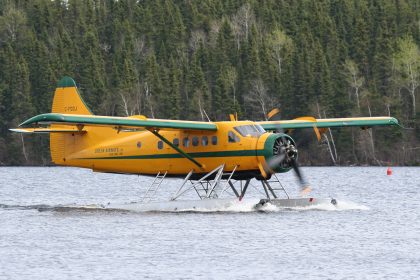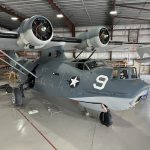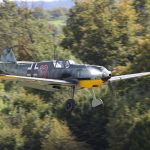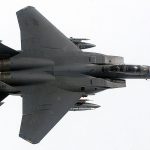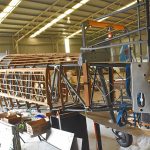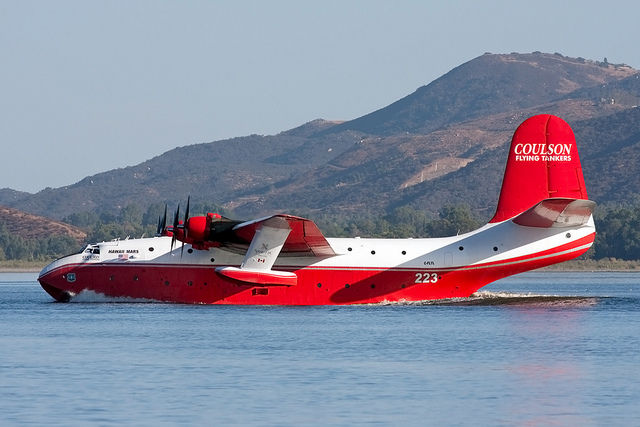On this day in aviation history—April 17, 1934—we commemorate the 91st anniversary of the first flight of the de Havilland DH.89 Dragon Rapide. Developed from the larger DH.86 Express, the Dragon Rapide was a twin-engine short-haul airliner designed with elegant, tapered biplane wings and constructed primarily of plywood. Its timeless design continues to be admired for both its beauty and performance.
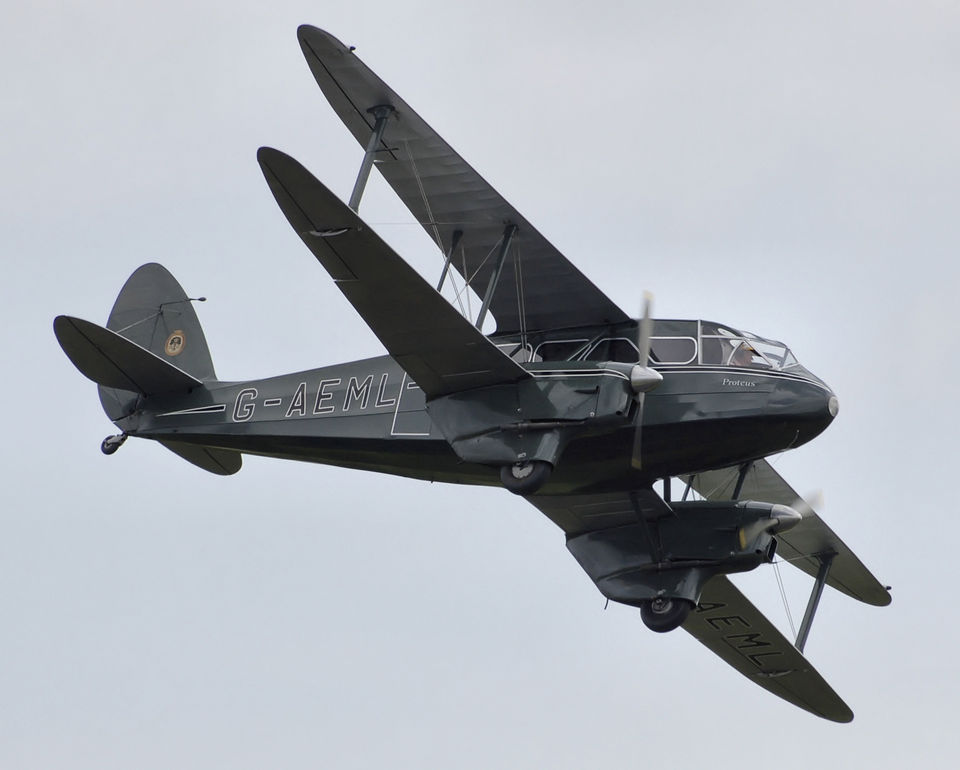
The Dragon Rapide entered airline service shortly after its 1934 debut and quickly became a favorite among British and international carriers. Its reliability, economical operation, and sleek profile made it a go-to choice for regional routes. During World War II, many civilian Dragon Rapides were pressed into military service with the Royal Air Force and Royal Navy. In uniform, the aircraft was designated the de Havilland Dominie and was used for navigation and radio training, as well as for light transport and communications duties.

The DH.89 was typically crewed by a single pilot and could carry between six to eight passengers. Powered by two 200-horsepower de Havilland Gipsy Six inverted in-line engines, it cruised at 132 miles per hour and had a range of 556 miles, with a service ceiling of 16,700 feet.

A total of 727 Dragon Rapides were built, and remarkably, several dozen survive today—some still flying. One of the most pristine airworthy examples, registered G-ADDD, is operated by the Military Aviation Museum in Virginia Beach, Virginia. Nearly a century after its first flight, the Dragon Rapide remains a beloved symbol of early commercial aviation. Its lasting legacy of elegance, functionality, and enduring popularity continues to inspire aircraft designers to this day.
